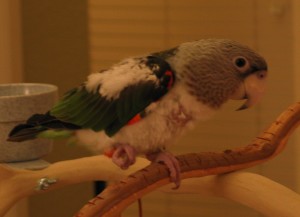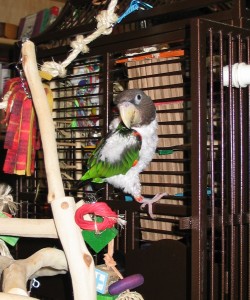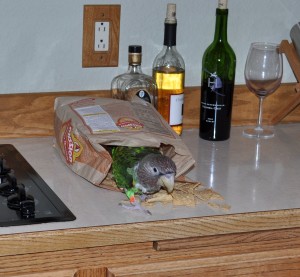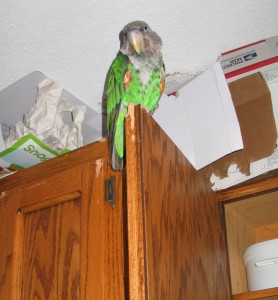CORRESPONDENT DON LEMON is a (piss-poor) prime-time reporter for CNN. Deprivation was the theme of Lemon’s sympathetic segment on 14-year-old (alleged) slasher Phillip Chism. Chism killed his 24-year-old math teacher with a box cutter.
According to Lemon’s editorializing , the possible source of Chism’s deprivation, boohoo, was not depravity but an absent father. Bill O’Reilly—and all other “conservative” pundits—is also prone to backwards logic, namely that if someone does something evil, then you work backwards in search of exculpating factors. Anything but pure unmitigated evil.
Controlled studies show that well-functioning individuals tend to report as many pathological experiences as do people who don’t function well. The same faulty reasoning must lead us to conclude that their trauma caused their successes.
Investigation Discovery featured a gaggle of Australian lasses who murdered a girl who had made their leader jealous. These feral females beat their victim and then set her alight as she begged for mercy. The stiffest sentence received by one of them was 17 years.
It’s a consolation that here in the U.S., Chism will be tried and sentenced as an adult.
DON LEMON, CNN CORRESPONDENT (voice-over): The students are back at Danvers High School.
COLLIN BUTLER, JUNIOR, DANVERS HIGH SCHOOL: I’m trying to return to some essential of normalcy.
LEMON: The school’s flag at half-staff and pink ribbons on the trees — reminders that thing are still far from normal.
UNIDENTIFIED FEMALE: Why would someone do this to someone so nice?
LEMON: Still, more questions than answers as to what made 14-year-old Phillip Chism allegedly kill his math teacher Colleen Ritzer with a box cutter on Tuesday and then dump her body in the woods behind the school’s athletic field. He then went to this theater to see Wood Allen’s “Blue Jazzman”.
Chism’s uncle in Tennessee among those who still can’t understand why.
TERRENCE CHISM BLAINE, UNCLE OF PHILLIP CHISM: This is the furthest thing from reality for me to believe that Phillip could, you know, get entangled in something like this.
LEMON (on camera): His uncle told CNN that Chism’s parents are separated. Chism’s father, a former military man, is now living in Florida. The question is, could trouble at home be one of the reasons behind his alleged attack?
CARRIE KIMBALL-MONAHAN, SPOKESPERSON, ESSEX COUNTY DISTRICT ATTORNEY: An investigation is a broad and painstaking effort. So they’re all, any and all information that’s pertinent and relevant to proving our case is taken into consideration.
LEMON: Would something like that be relevant?
KIMBALL-MONAHAN: It could be.
LEMON (voice-over): The freshman student Cambria Cloutier sat near Chism in Ritzer’s math class. She said he was a good student but that something was different about Chism’s behavior on Tuesday.
CAMBRIA CLOUTHIER, FRESHMAN, DANVERS HIGH SCHOOL: He was a little more quiet than usual. He had his ear buds on. He was drawing. He was not doing math. He wasn’t paying attention.
LEMON: Clouthier says Ritzer teacher asked Chism to stay after class to help him with what he missed, telling CNN’s Pam Brown that she walked by the classroom after school and saw the two of them together.
PAMELA BROWN, CNN CORRESPONDENT: What did you see in the classroom at 3:15?
CLOUTHIER: I saw Ms. Ritizer standing at her desk computer smiling at me. And then I saw Phillip slouching in his chair, staring at me when I walked by.
LEMON: Just 15 minutes later, according to sources close to the investigation, Colleen Ritzer was brutally killed in the school’s second floor bathroom.
CLOUTHIER: If I had walked by there 15 minutes later, what could have happened? If I witnessed that, what could I have done?
(END VIDEOTAPE)
LEMON: And sources close to the investigation say there is no indication that there is anything in this young man’s path that would lead him to this type of behavior. And they also say that reports of him having a crush on the teacher are unfounded. In the meantime, Erin, 24-year-old Colleen Ritzer will be laid to rest on Monday.
BURNETT: Thank you, Don.




